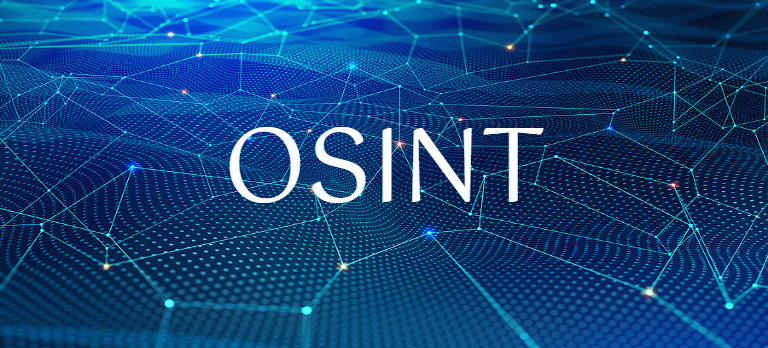The final shared services function named by the Trump administration was Grants. The Quality Service Management Office (QSMO) is run out of the Department of Health and Human Services (HHS) and aims to standardize federal grant administration from pre-award through award and then onto closeout. This standardization aims to lower the costs of grant administration and ensure the effective use of grant funds. GovWhitePapers has compiled informative content for the public sector on grants and grant management through these whitepapers.
The True Cost of Grants
Currently, there is no definitive measure of how much it costs to administer a grant. Industry estimates say that 10% or less is reasonable and in most cases achievable. But, a study found a significant amount of respondents are spending 20% on administration. Additionally, the administrative costs vary between the grantees and the grantors.
Digitization and automation of the grants process cut down on needed administrative oversight and manual efforts. For example, with Robotic Process Automation (RPA) and other AI-enabled technology, grants can be reviewed for simple compliance by machines. This means that humans only review the applications that meet specified criteria for acceptance. Additionally, grant portals with built-in workflows and alerts let grantors and grantees know when action is needed and provide a single place to view status.
Centralizing Government Grants Management
HHS was chosen as the QSMO for Grants because they already run the Grants.gov portal. In the 2022 budget, they are looking for $6 million to staff up the organization around this offering to support the improvement of service quality for grant applicants, recipients, and federal agencies.
The focus on grants is particularly timely, as the federal response to COVID-19 increased government-wide grant funding from $750 billion to over $2 trillion through supplemental funding. Additionally, with big plans for infrastructure improvements, grants may well play a role in funding state and local efforts. Because both economic recovery and infrastructure investment cross multiple agencies, an early goal of the QSMO is creating a single sign-on system for recipients to track grants across multiple funding agencies.
GovWhitePapers.com has a number of resources that address solutions to the needs of the grants community throughout the entire lifecycle of a grant. Here are just a few examples.
- Grants Management Blockchain Demonstration Project — The future of Federal grants management processes and technology solutions will reduce recipient burden, be more efficient, and enable better oversight of Federal government dollars. This study found that improvements in grants management for Federal agencies and grant recipients could be enabled with a modified grants management business operating model. It also shows that distributed ledger technology (“blockchain”) offers capabilities that are well-suited to implementing the future state business operating model.
- Grants Management: Agencies Provided Many Types of Technical Assistance — The overall goal of technical assistance is to enhance the delivery of agency programs and help ensure grantee compliance. This report describes how Education, ACF, and ETA provide technical assistance to grantees, and examines to what extent these agencies evaluate the technical assistance.
- Grants Management: OMB Should Collect and Share Lessons Learned from Use of COVID-19-Related Grant Flexibilities — The CARES Act includes a provision for GAO to report on its ongoing monitoring and oversight efforts related to the COVID-19 pandemic. This report is a part of that body of work and examines: (1) how selected agencies made grant flexibilities available, and how grantees reported using them; (2) how OMB and selected agencies developed and implemented grant flexibilities; and (3) the extent to which OMB has identified lessons learned from the use of grant flexibilities.
- FEMA Should Take Additional Steps to Streamline Hazard Mitigation Grants and Assess Program Effects — State and local officials from selected jurisdictions reported challenges with FEMA’s hazard mitigation grant programs. Specifically, GAO officials interviewed from 10 of the 12 jurisdictions said grant application processes were complex and lengthy. To address this, FEMA officials augmented guidance and began monitoring application review time frames for one program and said they intend to assess two other programs to identify opportunities to streamline.
This is just a sampling of the content GovWhitePapers makes available to the government community and the industries that serve it. You can browse additional government white papers on grants and grant management through our search engine here:
Browse Grant Management Content









